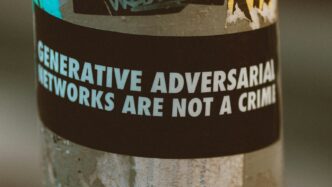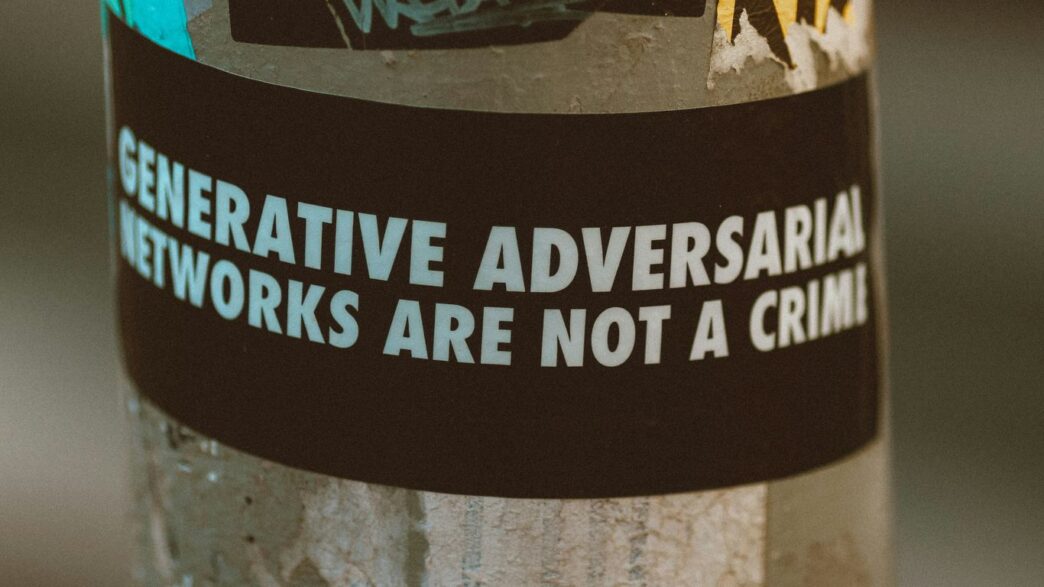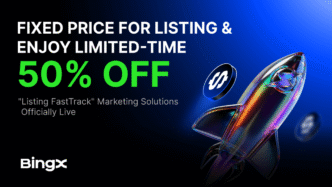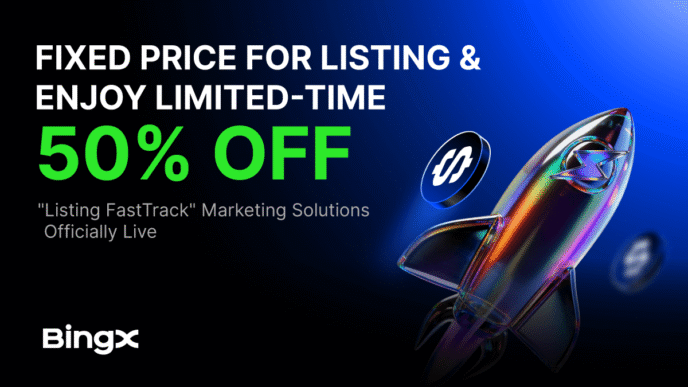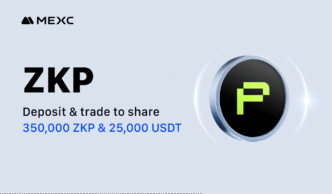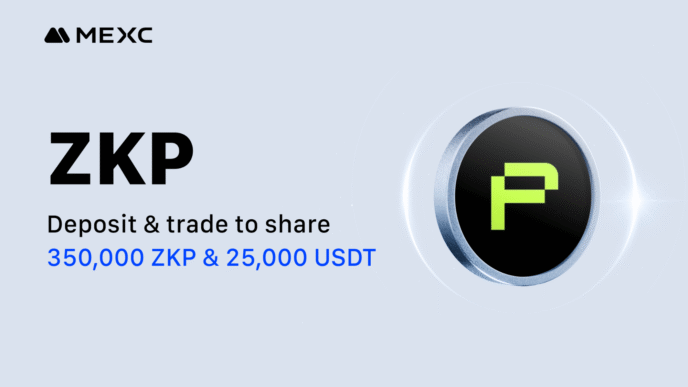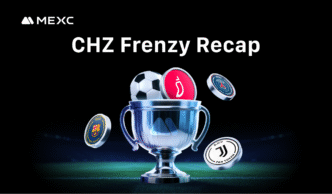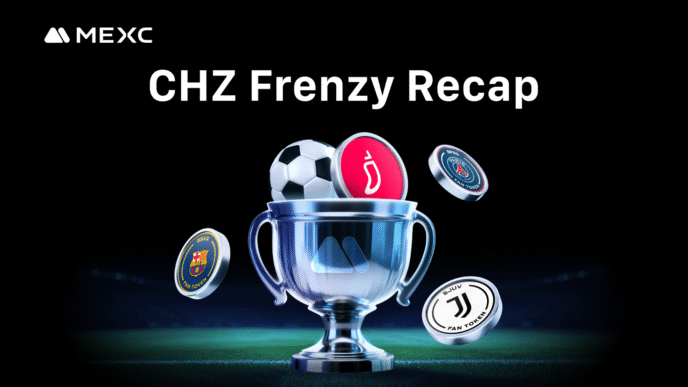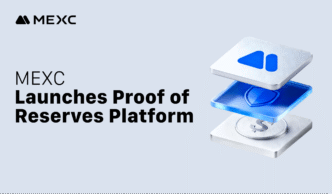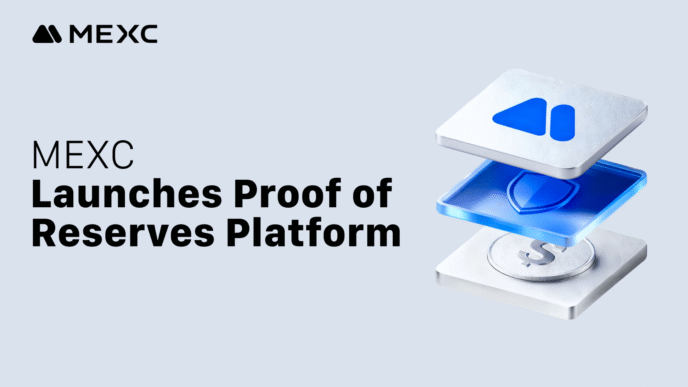Press releases can feel overwhelming to write, especially when you want yours to stand out. The headline is your first shot at grabbing attention, so it’s important to get it right. If you’re stuck, looking at some press release headline examples can help spark ideas. Below, you’ll find ten real-world headlines from different industries. Each one shows a different way to catch a reader’s eye and share big news. Whether you’re announcing a new hire, a campaign, or a major business move, there’s something here to help you brainstorm your next headline.
Key Takeaways
- Short, clear headlines work best for press releases.
- Make sure your headline tells the main story right away.
- Add numbers or specific details to make the headline more interesting.
- Use simple language and skip marketing buzzwords.
- Look at other press release headline examples for fresh ideas.
LEGO Group Rebuild the World Campaign
LEGO swung for the fences with their "Rebuild the World" campaign, teaming up with Mark Ronson for a press release that was equal parts uplifting and grounded. Instead of jargon and self-congratulation, the headline and body spoke about real-world creativity and the impact on children, which made the story relatable to almost anyone reading it.
Here’s what made their approach unique:
- The headline made everything clear in one shot—no need for decoding or extra research to understand what was happening. You instantly knew it was LEGO, a big name, and a positive message about inspiring kids.
- The release opened fast, cutting right to the reason for the campaign and who was involved. No slow build-up.
- There was a touch of celebrity, but the focus stayed on what LEGO wanted to spark in society: more imagination in kids, not just another toy launch.
- A quote from Mark Ronson wasn’t just for show. It let his voice come through—real excitement about helping kids, rather than the usual boilerplate.
- The release wrapped up neatly with a short overview of the campaign, information about both LEGO and the partner, plus a quick bio of Mark Ronson himself. Nothing was drawn out longer than it had to be.
If you’re thinking about writing a press release for an upcoming campaign, take a note from LEGO’s playbook:
- Keep your headlines short and packed with information.
- Tell your story with real-world impact right away.
- Use quotes that sound like an actual person, not a robot or marketing algorithm.
This press release didn’t just announce a new project. It did something harder: convinced people that an old brand still has fresh ideas for a new generation.
Microsoft to Acquire Activision Blizzard
When Microsoft announced its plan to buy Activision Blizzard, it felt like a huge moment for the gaming world. The headline promised more than just a corporate shakeup—it hinted at games reaching more people and devices than ever before. For many, this news brought up a ton of questions: What does this mean for Xbox players? Will favorite franchises change? Is this just about competing with other tech giants?
Here’s what the announcement made clear:
- Microsoft is aiming to bring beloved games to more screens—whether that’s on console, PC, or mobile.
- They emphasized a vision of community: connecting more gamers across devices, making it simpler to play together.
- Activision Blizzard is known for franchises like Call of Duty, Overwatch, and Candy Crush, so this move expands Microsoft’s influence in casual and hardcore gaming alike.
The press release didn’t just toss around numbers or buzzwords. Satya Nadella (Microsoft’s CEO) and Bobby Kotick (Activision Blizzard’s boss at the time) both chimed in. They talked about growing the gaming audience, supporting creative teams, and keeping the player experience front and center. It felt like a real attempt to reassure fans, not just investors.
One part that stuck out was their data about the gaming market:
| Metric | Value |
|---|---|
| Deal Value | $68.7 billion |
| Activision Blizzard Users | ~400 million monthly |
| Global Gaming Revenue | $200+ billion (2022) |
All that said, big deals like this spark debate. Some gamers worry about exclusives or price hikes, while others hope it leads to fewer microtransactions or better support. Either way, this headline actually made me want to read further, just to figure out how it might change games as we know them.
Virgin Atlantic Announces Return to 17 Destinations
Virgin Atlantic is back in the skies, reopening flights to 17 routes that travelers have been waiting for. After months of limited operations, this move brings much-needed options for those eager to reconnect with loved ones or revisit favorite spots. The new list even includes some cities that were missing from travel plans since the pandemic began.
Here’s a quick look at what’s part of the return:
- Flights reinstated to key cities across the US, Caribbean, and Asia.
- Safety and cleanliness have been bumped up in every step of the journey, from check-in to landing.
- Flexible ticket changes are still available, so you don’t get stuck if plans shift last minute.
Virgin Atlantic’s team took feedback from their regulars and potential flyers before deciding which destinations got the green light. The company’s announcement feels especially hopeful, not only for anyone itching to travel but for staff, airport workers, and local businesses at each location. Their press release lines up with the sort of entrepreneurial spirit I’ve read about in bold initiatives like Richard Branson’s support schemes.
If you haven’t checked out the list, here’s a table with some of the headline routes coming back:
| Region | Destinations Included |
|---|---|
| US | New York, Los Angeles, Miami |
| Caribbean | Barbados, Jamaica, Antigua |
| Asia | Delhi, Mumbai |
This reopening is timed right before the winter holidays, so frequent flyers and adventure seekers might spot some deals. Virgin Atlantic is betting big that people want to see new places again—and they’ll do it in style. Safe to say, for a lot of us, that’s welcome news.
BlaBlaCar Launches Commute Service
BlaBlaCar is back with something for the daily crowd—their new commute service shakes up how people get to work every day. If you spend what feels like forever in traffic each morning, you know there’s never been a good, simple way to connect with others who drive the same route (unless you’re already part of a ride-sharing group, and not everyone is).
Here’s what’s different about BlaBlaCar’s approach:
- They spotted a gap: millions drive to work solo every day (they call it 13.5 million, which is wild when you think about it).
- More drivers are offering shorter rides, so it makes sense to connect commuters instead of just long-distance travelers.
- The service is built around flexibility, letting you match up with new people or stick with regulars if you find a good carpool fit.
Some basics about how it works, just for reference:
| Feature | What You Get |
|---|---|
| Trip Matching | See drivers/riders nearby |
| Flexible Times | Pick rides by schedule |
| Cost Sharing | Split trip costs easily |
I’ve seen a couple of these neighborhood delivery platforms, like Tut Tut in France, really change how people connect locally.
If you’re working from the office again and want to avoid packed buses or staring at the same tail lights every morning, BlaBlaCar’s commute service might save your sanity (and your wallet). Plus, fewer cars with one person means less traffic for everyone. That’s a change anyone stuck in rush hour would welcome.
Amazon’s Black Friday Event Announcement

Black Friday isn’t just a day anymore for Amazon—it’s a full-blown event week that sets off alarms for deal-hunters everywhere. Amazon’s press release headline for this event pulled me in fast: “Amazon’s Black Friday Event: More Deals Than Ever Before Across Every Category.” If you’re on the hunt for gifts (or honestly, shopping for yourself), this announcement promises deeper discounts that are hard to ignore.
Here’s the way Amazon tends to ramp up the hype every year:
- Daily deals switch up constantly, so every shopper has to check back or risk missing out on something big.
- Featured items tend to cover just about everything—electronics, toys, home goods, and more—making it less overwhelming to shop in one spot.
- They usually tease a few top offers in advance, but you only get the full list once the event launches, which keeps the suspense going.
A simple table can shed light on just how many deals are expected and which categories are usually the hottest:
| Department | Featured Discounts |
|---|---|
| Electronics | Up to 50% off |
| Toys | Up to 40% off |
| Home & Kitchen | Up to 30% off |
| Fashion | Up to 60% off |
This sort of announcement does a couple of things all at once: it gets shoppers planning ahead, lets journalists know which deals will be trending, and makes sure Amazon is at the center of everyone’s Black Friday plans. The headline stands out by putting the focus right on the scale and the potential savings. It’s like Amazon is challenging everyone—other retailers included—to keep up. And for regular folks like me who get a bit too excited about a good deal, it works every time.
Heimdall Power Increases Grid Capacity Collaboration
Heimdall Power grabbed attention with its press release announcing a major step forward for energy efficiency. The company teamed up with Elvia in Oslo for the world’s first system-wide capacity monitoring project. This is the sort of collaboration that isn’t just talk—it’s action. So what makes this project interesting? Let me break it down:
- The partnership aims to boost how much electricity Norway’s grid can handle across the region. No simple tweak—this is about real, measurable improvement.
- According to details of the announcement, there’s potential for a 30% increase in overall grid capacity, which is huge for both businesses and regular people relying on stable power.
- The system relies on fresh tech that collects live data, so grid operators spot problems before they become a headache.
Here’s how the results look on paper:
| Feature | Before Collaboration | After Collaboration |
|---|---|---|
| Daily Grid Capacity | 100% | 130% |
| Downtime (hours/year) | 12 | 5 |
| Regions Covered | 8 | 17 |
What stands out about this press release? It didn’t just announce the partnership. The messaging was clear, upbeat, and packed with data. Plus, by focusing on the teamwork with Elvia, Heimdall Power showed off the practical impact instead of just listing technical features. That’s the sort of thing reporters like to see because it’s news regular readers can relate to as well—especially when energy costs and supply are always top of mind.
It’s a solid example of using facts and teamwork to build trust, engage your audience, and show you’re making a difference.
Fashion Revolution Week Event Launch
Fashion Revolution Week always feels different compared to other fashion events out there. This year’s launch put a spotlight on real issues—fair wages, the cost of sustainable clothing, and what transparency means for everyone involved. I watched organizers stay sharp on their message, especially after everything the industry faced during the pandemic. They didn’t back away from topics like the climate crisis either; they actually leaned harder into them, driving home how fast fashion and real life are tangled together.
If you’re wondering what set apart their headline or why everyone started talking about it, check this out:
- The event covered actual numbers behind garment workers’ pay, not just stories. For example, sessions pointed out wide pay gaps in fast fashion supply chains.
- Speakers showed what small brands do right when it comes to sustainable fabric production and tossed in hard truths about industry waste.
- Every announcement reinforced ways the public could join—social media action, donation drives, or local meetups.
Organizers kept their focus on being practical:
- Make the movement accessible to everyone, not just fashion insiders.
- Invite honest dialogue about clothing production.
- Encourage action, not just talk—think petitions, online campaigns, and DIY projects.
Anyone interested could track every detail, from climate impact lectures to community Q&As, by visiting the Fashion Revolution Week 2025 news hub. That page gave a full breakdown of sessions—what happened, who spoke, and where you could jump in next. So, if you’re planning your own event press release, their approach to clarity and strong calls-to-action is worth studying.
Revolv3 Secures Funding Round Announcement

Revolv3 just landed fresh funding, and it’s kind of a big moment for them. The company pulled in $13 million in their latest Series A round, putting them in a solid place to grow. This funding announcement isn’t just about the money, though—it’s also a signal that investors see serious potential in what Revolv3 is building, especially in payment technology.
Here’s the quick breakdown from the press release:
| Funding Round | Amount Raised | Lead Investors | Year |
|---|---|---|---|
| Series A | $13 million | Rosecliff Ventures | 2025 |
So why does this matter? Well, for a few reasons:
- The new cash lets them hire more engineers and maybe finally squash some of those long-standing bugs.
- Investors like Rosecliff stepping in gives Revolv3 a bit more credibility—especially when trying to win bigger clients.
- It means they’re not likely to disappear overnight, which can be comforting if your business relies on their services.
A couple of things stood out from the actual headline and release. First, they didn’t try to dress up the news with buzzwords or hype—just the facts, in plain language. Second, the announcement included a few sentences about what the money will actually go toward, which a lot of press releases skip. That makes it feel transparent and just a bit more trustworthy.
Personally, I appreciate when a funding announcement stays straightforward. It sets expectations and gives both customers and potential partners a clear sense of where the company stands. In a space crowded with vague headlines and over-the-top promises, Revolv3’s honest approach is honestly kind of refreshing.
Award Recognition for Industry Innovation by PRLab
Earning an award is a big deal, but figuring out the right way to announce it is where companies often get it wrong. PRLab’s headline for their industry innovation award stands out because it’s clear, honest, and straight to the point—no overhyping or empty buzzwords. Instead of bragging, the focus is on why the award matters and what sets PRLab’s achievement apart from the usual company self-promotion.
Here are a few reasons why their press release headline really works:
- It uses actionable language—words like "Honored," "Recognized," or "Earns" immediately show achievement without being flashy.
- The headline mentions the specific innovation, making it easy to understand what PRLab did differently.
- There’s a sense of humility: the accomplishment is framed as recognition from peers, not just a chance to celebrate themselves.
In the actual press release, PRLab does a few more things right:
- They briefly explain the award’s background, so readers know it isn’t just a random honor.
- The story connects the award to their ongoing work—this is about more than a single accomplishment.
- Quotes from both leadership and the awarding organization show the recognition is legitimate.
If you want an overview of what a strong industry award announcement might highlight, it could look like this:
| Award Name | Selection Criteria | Year Received | Impact |
|---|---|---|---|
| Industry Innovation Award | Outstanding PR Strategies | 2025 | Expanded Client Base |
PRLab’s approach is a reminder that the buzz around an award only lasts if you explain its true value. For PR teams, there are plenty of useful strategies to borrow from public relations techniques for tech companies that keep award announcements grounded, smart, and worth reading.
New Executive Appointment at Leading Tech Company
Changing leadership at a major tech company always grabs attention, but not just because a new face is stepping in. It’s what that person brings with them that matters: background, goals, energy, and sometimes a whole new direction for the business.
The announcement of a new executive often signals real plans for growth or transformation, not just a personnel change. Press releases for these appointments can do more than introduce someone—they can reposition the company and get everyone talking about what’s next.
If you’re thinking about writing a headline for this kind of story, remember what works:
- Use clear action words like “Appoints” or “Welcomes” to show something is happening.
- Make sure the headline names the company and the new executive by title (or, if you want intrigue, keep the name for the subhead, but don’t be vague).
- Hint at what makes the news interesting—maybe highlighting the executive’s track record, the company’s bold goals, or why this move comes at a critical time.
When big tech firms make these announcements, their releases usually include:
- The new hire’s full name, new title, and when they start.
- A few lines on their pin-pointed career highlights.
- A connection between the hire and where the company’s headed.
Sometimes, adding a little structure with a table helps you fit the important facts at a glance:
| Name | Role | Start Date | Notable Experience |
|---|---|---|---|
| Jamie Lee Turner | Chief Technology Officer | 11/1/2025 | Former Lead at Softworks |
It’s worth rounding things off with a couple of authentic-sounding quotes: one from the CEO about what they’re hoping to achieve, and one from the new exec about why they joined and what they’re excited about. This gives your headline—and the press release it tops—real weight and color.
So, don’t be afraid to frame the news as forward movement. Readers (and the press) want to know why it matters, not just who got a new desk.
Wrapping Up: Make Your Headlines Count
So, that’s a wrap on our list of innovative press release headlines. If you take anything away from these examples, let it be this: a headline can make or break your announcement. It’s the first thing people see, and if it doesn’t grab them, they’ll probably just move on. Don’t be afraid to try something new or a little bold. Keep it clear, keep it simple, and make sure it actually says something about your news. Sometimes, just tweaking a few words can turn a boring headline into something that gets noticed. Next time you’re staring at a blank page, remember these examples and don’t overthink it—just aim for honest, straightforward, and interesting. Good luck with your next press release!
Frequently Asked Questions
What is a press release?
A press release is a short news story written by a company or organization to share important news with the public and the media. It usually talks about things like new products, big events, or important changes in the company.
Why do companies use press releases?
Companies use press releases to tell people about their latest news. This helps them get attention from reporters, customers, and other businesses. A good press release can make more people know about the company and trust it more.
What makes a press release headline effective?
A strong press release headline is clear, interesting, and tells the main point of the announcement. It should make people want to read more and understand what the news is about right away.
How long should a press release be?
Most press releases are about one page long. They should be short and easy to read, giving all the important details without too many extra words.
Can anyone write a press release?
Yes, anyone can write a press release, but it helps to follow some simple rules. Make sure your writing is clear, stick to the facts, and answer the main questions: who, what, when, where, why, and how.
How do you send a press release to journalists?
You can send a press release to journalists by email, using a press release distribution service, or posting it on your company’s website. Make sure you include contact information so journalists can reach you if they want more details.

